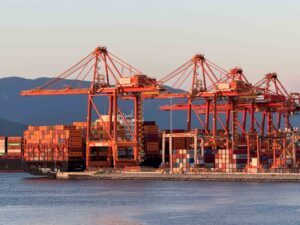 HONG KONG — It is an image that just a year ago would have seemed unfathomable: the Canadian and Chinese leaders standing side by side. …The tide began turning early last month… Prime Minister Carney and leader Xi Jinping met on the sidelines of the Asia-Pacific Economic Co-operation summit in South Korea – the first time leaders of the two countries had met in eight years. …That has since been followed by another ministerial visit to China. China also reinstated Canada to its approved travel list for tour groups. …But as leaders in Ottawa and Beijing signal it may be time to start doing business again, some experts warn China could be attempting to exploit Canada at a vulnerable moment. …Meanwhile, the US has increasingly ramped up its economic war on its northern neighbor. …Beijing has said it will drop the canola tariffs if Ottawa does the same for Chinese electric vehicles.
HONG KONG — It is an image that just a year ago would have seemed unfathomable: the Canadian and Chinese leaders standing side by side. …The tide began turning early last month… Prime Minister Carney and leader Xi Jinping met on the sidelines of the Asia-Pacific Economic Co-operation summit in South Korea – the first time leaders of the two countries had met in eight years. …That has since been followed by another ministerial visit to China. China also reinstated Canada to its approved travel list for tour groups. …But as leaders in Ottawa and Beijing signal it may be time to start doing business again, some experts warn China could be attempting to exploit Canada at a vulnerable moment. …Meanwhile, the US has increasingly ramped up its economic war on its northern neighbor. …Beijing has said it will drop the canola tariffs if Ottawa does the same for Chinese electric vehicles.

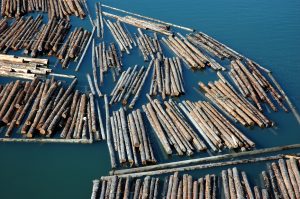 BEIJING — China will restore soybean import licences for three US firms and lift its suspension on US log imports starting November 10, its customs authority said on Friday in another sign of easing trade tensions between the two nations. …The halt on US log imports was a retaliatory measure after US President Trump’s March 1 order to investigate lumber imports. Investor sentiment improved after Trump met Chinese leader Xi Jinping in South Korea, reducing fears that the world’s two largest economies might abandon efforts to resolve their trade disputes. Following the meeting, Beijing lifted tariffs on some US farm goods. …However, traders remain cautious, as a 10% tariff on all US imports remains in effect, limiting expectations for a broader recovery in trade flows.
BEIJING — China will restore soybean import licences for three US firms and lift its suspension on US log imports starting November 10, its customs authority said on Friday in another sign of easing trade tensions between the two nations. …The halt on US log imports was a retaliatory measure after US President Trump’s March 1 order to investigate lumber imports. Investor sentiment improved after Trump met Chinese leader Xi Jinping in South Korea, reducing fears that the world’s two largest economies might abandon efforts to resolve their trade disputes. Following the meeting, Beijing lifted tariffs on some US farm goods. …However, traders remain cautious, as a 10% tariff on all US imports remains in effect, limiting expectations for a broader recovery in trade flows.
 Stora Enso is initiating a strategic review of its Central European sawmills and building solutions operations. The 2026 review will cover one business unit of Wood Products business area, including seven sawmills in Austria, Czechia, Poland, and Lithuania, and further processing units with three cross-laminated-timber (CLT) mills, as well as wood procurement, and international sales and distribution operations. Whilst the business in scope has a strong position in an attractive market, it does not bring strategic or operational synergies for Stora Enso’s core renewable packaging operations. …different scenarios will be assessed for the business and assets in scope, including the possibility to divest the business, to strengthen Stora Enso’s strategic focus on renewable materials and packaging. The synergetic sawmills in Northern Europe, including further processing operations, in Sweden, Finland, Estonia and Latvia are not part of the assessment, and this part of the business remains strategically important to Stora Enso going forward.
Stora Enso is initiating a strategic review of its Central European sawmills and building solutions operations. The 2026 review will cover one business unit of Wood Products business area, including seven sawmills in Austria, Czechia, Poland, and Lithuania, and further processing units with three cross-laminated-timber (CLT) mills, as well as wood procurement, and international sales and distribution operations. Whilst the business in scope has a strong position in an attractive market, it does not bring strategic or operational synergies for Stora Enso’s core renewable packaging operations. …different scenarios will be assessed for the business and assets in scope, including the possibility to divest the business, to strengthen Stora Enso’s strategic focus on renewable materials and packaging. The synergetic sawmills in Northern Europe, including further processing operations, in Sweden, Finland, Estonia and Latvia are not part of the assessment, and this part of the business remains strategically important to Stora Enso going forward.


 NEW YORK — Mercer International reported third quarter 2025 Operating EBITDA of negative $28.1 million, a decrease from positive $50.5 million in the same quarter of 2024 and negative $20.9 million in the second quarter of 2025. In the third quarter of 2025, net loss was $80.8 million compared to $17.6 million in the same quarter of 2024 and $86.1 million in the second quarter of 2025. Mr. Juan Carlos Bueno, CEO, stated: “In the third quarter of 2025, persistent global economic and trade uncertainties, fiber scarcity in Germany as well as the impact of pulp substitution accelerated the decline in pulp market demand and pricing, which negatively impacted our operating results and contributed to a $20.4 million non-cash inventory impairment charge in the quarter.
NEW YORK — Mercer International reported third quarter 2025 Operating EBITDA of negative $28.1 million, a decrease from positive $50.5 million in the same quarter of 2024 and negative $20.9 million in the second quarter of 2025. In the third quarter of 2025, net loss was $80.8 million compared to $17.6 million in the same quarter of 2024 and $86.1 million in the second quarter of 2025. Mr. Juan Carlos Bueno, CEO, stated: “In the third quarter of 2025, persistent global economic and trade uncertainties, fiber scarcity in Germany as well as the impact of pulp substitution accelerated the decline in pulp market demand and pricing, which negatively impacted our operating results and contributed to a $20.4 million non-cash inventory impairment charge in the quarter. The global pulp and paper industry is entering a new period of uncertainty after several turbulent years marked by supply chain shocks, rising costs, and shifting market dynamics. While packaging demand continues to grow, analysts warn that the rapid build-up of new capacity could soon trigger a global oversupply of fibre-based products. According to a recent market analysis, the global paper and pulp market was valued at 500 billion USD in 2024 and is expected to reach 650 billion USD by 2033, representing an annual growth rate of around four per cent. The trend, however, hides deep structural divides – strong expansion in packaging and tissue paper, but continued decline in printing and writing grades. …Analysts agree that the coming decade will determine whether the paper and pulp sector can balance growth with sustainability – or whether the combination of overcapacity, energy costs, and environmental constraints will usher in a new era of consolidation.
The global pulp and paper industry is entering a new period of uncertainty after several turbulent years marked by supply chain shocks, rising costs, and shifting market dynamics. While packaging demand continues to grow, analysts warn that the rapid build-up of new capacity could soon trigger a global oversupply of fibre-based products. According to a recent market analysis, the global paper and pulp market was valued at 500 billion USD in 2024 and is expected to reach 650 billion USD by 2033, representing an annual growth rate of around four per cent. The trend, however, hides deep structural divides – strong expansion in packaging and tissue paper, but continued decline in printing and writing grades. …Analysts agree that the coming decade will determine whether the paper and pulp sector can balance growth with sustainability – or whether the combination of overcapacity, energy costs, and environmental constraints will usher in a new era of consolidation.



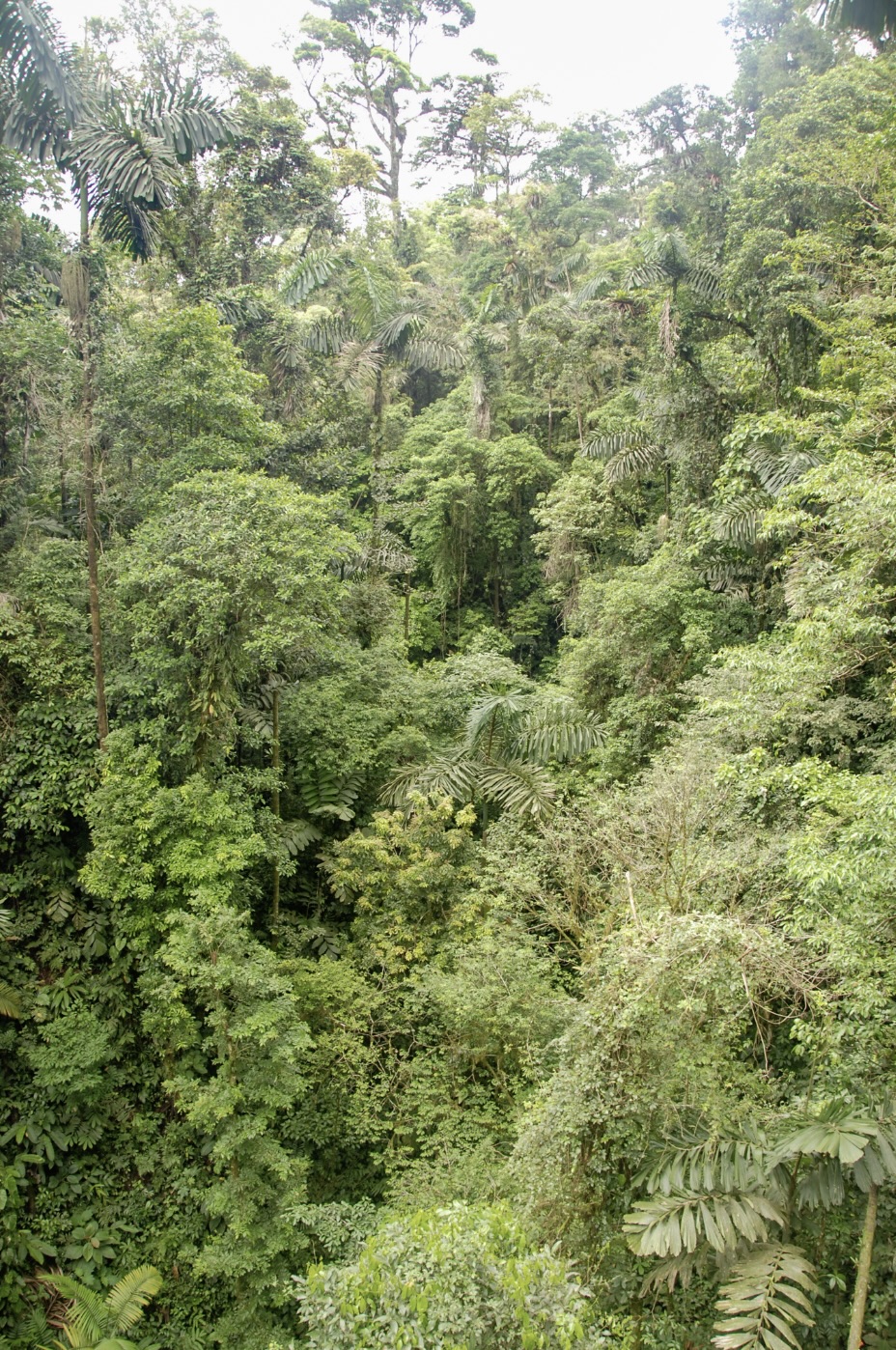 By 2015, the dense 1,385 hectares Kandowa Forest once filled acacia and mahogany … had vanished entirely. The disappearance of forests like Kandowa reflects a broader environmental catastrophe unfolding across South Darfur, where more than 70 percent of tree cover has been lost over the past decade… The violence that erupted between Sudan’s army and the Rapid Support Forces in April 2023 has only accelerated the destruction, pushing desperate families deeper into what remains of the forests. With gas supplies cut off and charcoal prices soaring fivefold, survival itself now depends on felling trees. …Salim outlined a more comprehensive approach: making alternative energy sources like gas and solar power affordable, launching large-scale reforestation…, and enforcing stronger laws to combat illegal logging and timber smuggling. …”If people have no peace, no jobs, no energy, they will keep cutting trees,” said Khaldi Fathi Salim, with South Darfur’s Ministry of Agriculture.
By 2015, the dense 1,385 hectares Kandowa Forest once filled acacia and mahogany … had vanished entirely. The disappearance of forests like Kandowa reflects a broader environmental catastrophe unfolding across South Darfur, where more than 70 percent of tree cover has been lost over the past decade… The violence that erupted between Sudan’s army and the Rapid Support Forces in April 2023 has only accelerated the destruction, pushing desperate families deeper into what remains of the forests. With gas supplies cut off and charcoal prices soaring fivefold, survival itself now depends on felling trees. …Salim outlined a more comprehensive approach: making alternative energy sources like gas and solar power affordable, launching large-scale reforestation…, and enforcing stronger laws to combat illegal logging and timber smuggling. …”If people have no peace, no jobs, no energy, they will keep cutting trees,” said Khaldi Fathi Salim, with South Darfur’s Ministry of Agriculture. 
 Forest Stewardship Council (FSC) has confirmed that Motion 30/2025 passed at its General Assembly in Panama. The motion establishes a roadmap for a digital information and volume-control system designed to strengthen the integrity of FSC claims and reduce the risk of false or fraudulent declarations within the supply chain. FSC says the measure will support greater transparency and traceability across certified products. …The Policy Motion reads: FSC shall gradually phase in a requirement for Certificate Holders to use a universal information and volume control system. This system shall be implemented using a risk-based, stepwise approach with full implementation no later than 2030. FSC should also establish supporting tools and services to ensure that all producers and companies can comply with the requirement.
Forest Stewardship Council (FSC) has confirmed that Motion 30/2025 passed at its General Assembly in Panama. The motion establishes a roadmap for a digital information and volume-control system designed to strengthen the integrity of FSC claims and reduce the risk of false or fraudulent declarations within the supply chain. FSC says the measure will support greater transparency and traceability across certified products. …The Policy Motion reads: FSC shall gradually phase in a requirement for Certificate Holders to use a universal information and volume control system. This system shall be implemented using a risk-based, stepwise approach with full implementation no later than 2030. FSC should also establish supporting tools and services to ensure that all producers and companies can comply with the requirement.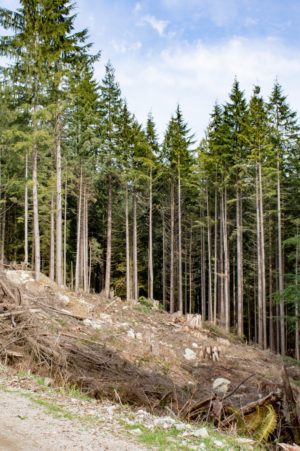 The controversial law was supposed to come into force in December last year but the latest proposal would see its implementation delayed for a second time to late 2026. European lawmakers backed on Thursday a proposal to slash due diligence requirements for business operators under the European Union’s anti-deforestation law, after pressure from industry groups and countries outside Europe claimed the law was too burdensome. The ballot followed the European Commission’s announcement last month of an IT glitch that effectively delayed the law’s implementation until the end of 2026. …Under the new draft bill to simplify the law, lawmakers backed a Commission proposal that seeks to reduce the data load handled by the IT system linked to the EU’s anti-deforestation law and to cut the administrative burden for farmers, foresters and other economic operators. …While most member states back the delay to 2026, many others continue to hold divergent views.
The controversial law was supposed to come into force in December last year but the latest proposal would see its implementation delayed for a second time to late 2026. European lawmakers backed on Thursday a proposal to slash due diligence requirements for business operators under the European Union’s anti-deforestation law, after pressure from industry groups and countries outside Europe claimed the law was too burdensome. The ballot followed the European Commission’s announcement last month of an IT glitch that effectively delayed the law’s implementation until the end of 2026. …Under the new draft bill to simplify the law, lawmakers backed a Commission proposal that seeks to reduce the data load handled by the IT system linked to the EU’s anti-deforestation law and to cut the administrative burden for farmers, foresters and other economic operators. …While most member states back the delay to 2026, many others continue to hold divergent views.


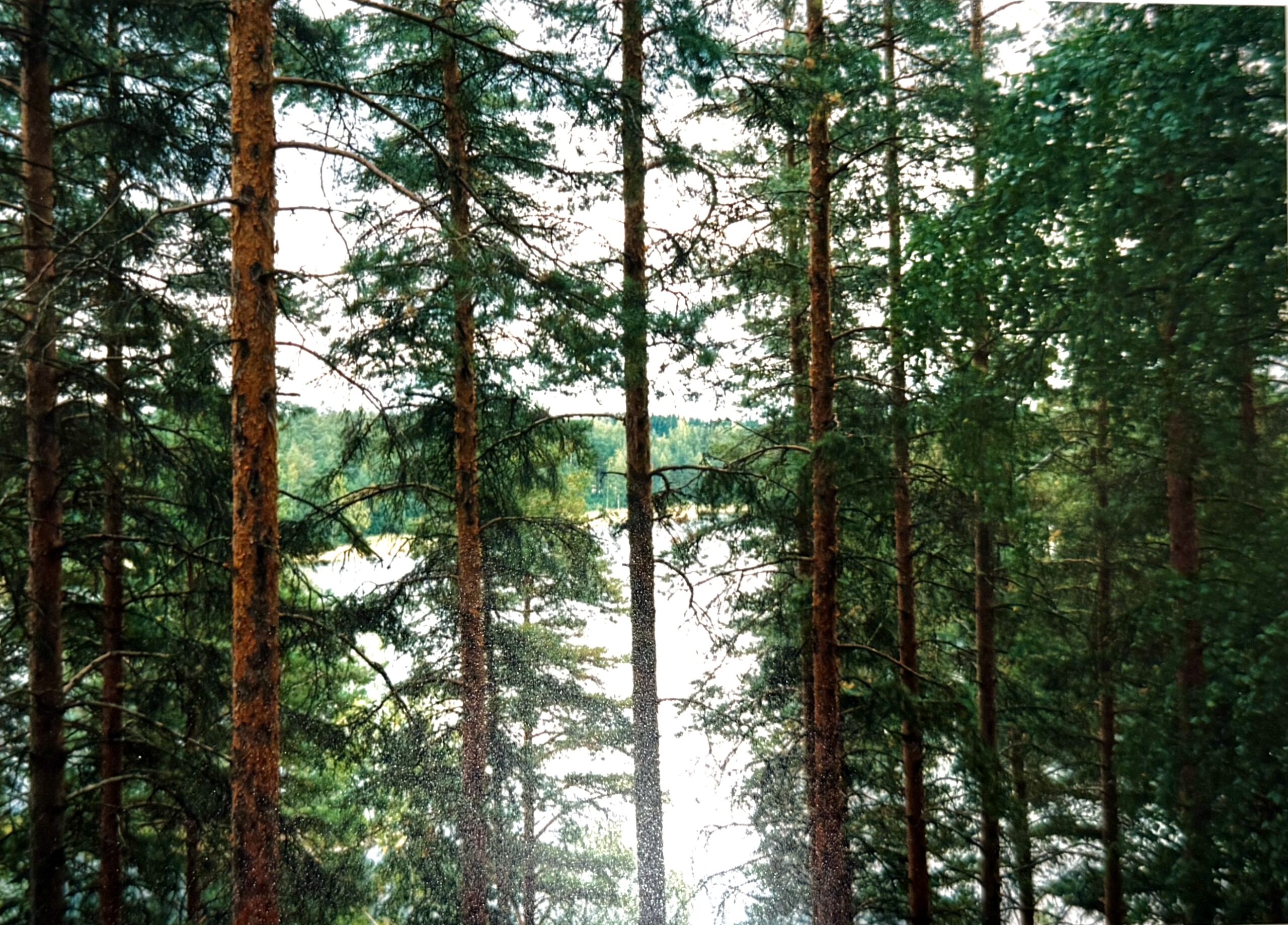 Sweden is one of the world’s largest exporters of forest-based products… Decisions made in Sweden about how forests are managed ripple outward far beyond the kingdom’s borders. That is why the Swedish government’s recent forestry inquiry should matter not just to those living in Sweden, but to anyone concerned about the global climate crisis. The inquiry’s central message is clear: increase forest growth, harvest more biomass, and thereby contribute to the green transition. This might sound promising. More trees mean more carbon absorbed, more wood products to replace unsustainable products. But the plan overlooks the most important part of the forest: the soil. …The government’s proposal even encourages fertilization with nitrogen to speed up tree growth. This can work in the short term, but after a decade, the effect largely disappears. …If Sweden does not get this right, what happens in Sweden’s forests will not stay in Sweden’s forests.
Sweden is one of the world’s largest exporters of forest-based products… Decisions made in Sweden about how forests are managed ripple outward far beyond the kingdom’s borders. That is why the Swedish government’s recent forestry inquiry should matter not just to those living in Sweden, but to anyone concerned about the global climate crisis. The inquiry’s central message is clear: increase forest growth, harvest more biomass, and thereby contribute to the green transition. This might sound promising. More trees mean more carbon absorbed, more wood products to replace unsustainable products. But the plan overlooks the most important part of the forest: the soil. …The government’s proposal even encourages fertilization with nitrogen to speed up tree growth. This can work in the short term, but after a decade, the effect largely disappears. …If Sweden does not get this right, what happens in Sweden’s forests will not stay in Sweden’s forests.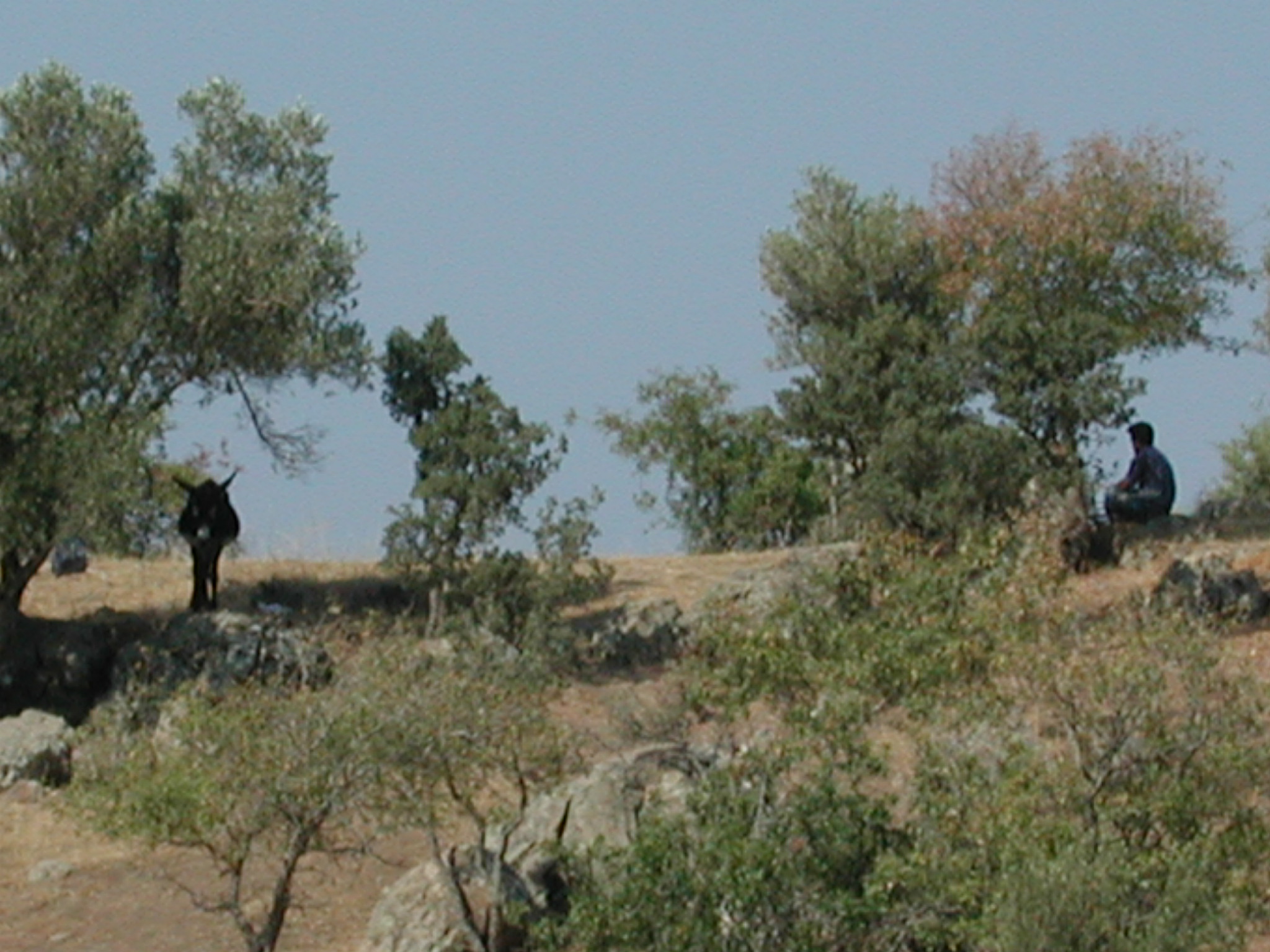 The Ministry of Family and Social Services and the Ministry of Agriculture and Forestry have launched the “Every Family One Sapling Our Green Homeland” campaign, a joint initiative that plants a sapling in the name of every newborn baby and newlywed couple across Türkiye. The project aims to support environmental sustainability while promoting demographic growth and family values. Announced within the framework of the “November 11 National Forestation Day,” declared by President Recep Tayyip Erdoğan, the campaign reflects Türkiye’s commitment to both population development and ecological preservation. The initiative is designed to strengthen the country’s ongoing “Green Homeland Mobilization” by encouraging citizens to contribute to afforestation efforts starting from birth or marriage. As part of the campaign’s official launch, Family and Social Services Minister Mahinur Özdemir Göktaş and Agriculture and Forestry Minister Ibrahim Yumaklı visited Ankara Bilkent City Hospital to meet with newborn babies and their families.
The Ministry of Family and Social Services and the Ministry of Agriculture and Forestry have launched the “Every Family One Sapling Our Green Homeland” campaign, a joint initiative that plants a sapling in the name of every newborn baby and newlywed couple across Türkiye. The project aims to support environmental sustainability while promoting demographic growth and family values. Announced within the framework of the “November 11 National Forestation Day,” declared by President Recep Tayyip Erdoğan, the campaign reflects Türkiye’s commitment to both population development and ecological preservation. The initiative is designed to strengthen the country’s ongoing “Green Homeland Mobilization” by encouraging citizens to contribute to afforestation efforts starting from birth or marriage. As part of the campaign’s official launch, Family and Social Services Minister Mahinur Özdemir Göktaş and Agriculture and Forestry Minister Ibrahim Yumaklı visited Ankara Bilkent City Hospital to meet with newborn babies and their families.


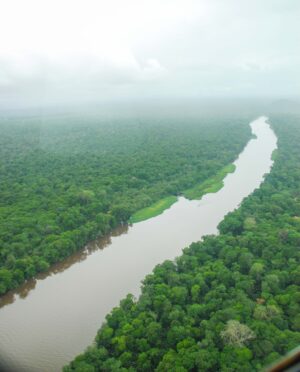 BOGOTA, Colombia — Interpol and partners launched a global law enforcement effort Wednesday aimed at dismantling criminal networks behind illegal logging, timber trafficking and gold mining, which drive large-scale deforestation and generate billions in illicit profits each year. The effort announced ahead of the UN COP30 climate summit in Brazil will focus mainly on tropical forests in Brazil, Ecuador, Indonesia, Papua New Guinea and Peru. “Criminals are making billions by looting the planet’s forests,” Interpol Secretary General Valdecy Urquiza said. “The only way to stop them is through determined law enforcement action and strong international cooperation.” …The announcement follows a major crackdown in the Amazon Basin last week, when Brazilian police, supported by Interpol, destroyed more than 270 illegal mining dredges operating on the Madeira River. Authorities said the raids dealt a significant blow to criminal groups linked to gold-smuggling networks that span Brazil, Bolivia and Peru.
BOGOTA, Colombia — Interpol and partners launched a global law enforcement effort Wednesday aimed at dismantling criminal networks behind illegal logging, timber trafficking and gold mining, which drive large-scale deforestation and generate billions in illicit profits each year. The effort announced ahead of the UN COP30 climate summit in Brazil will focus mainly on tropical forests in Brazil, Ecuador, Indonesia, Papua New Guinea and Peru. “Criminals are making billions by looting the planet’s forests,” Interpol Secretary General Valdecy Urquiza said. “The only way to stop them is through determined law enforcement action and strong international cooperation.” …The announcement follows a major crackdown in the Amazon Basin last week, when Brazilian police, supported by Interpol, destroyed more than 270 illegal mining dredges operating on the Madeira River. Authorities said the raids dealt a significant blow to criminal groups linked to gold-smuggling networks that span Brazil, Bolivia and Peru.
 BELÉM, Brazil
BELÉM, Brazil
 Drax power plant has continued to burn 250-year-old trees sourced from some of Canada’s oldest forests despite growing scrutiny of its sustainability claims, forestry experts say. A new report suggests it is “highly likely” that Britain’s biggest power plant sourced some wood from ecologically valuable forests as recently as this summer. Drax, Britain’s single biggest source of carbon emissions, has received billions of pounds in subsidies from burning biomass derived largely from wood. The report, by Stand.earth, claims that a subsidiary of Drax Group received hundreds of truckloads of whole logs at its biomass pellet sites throughout 2024 and into 2025, which were likely to have included trees that were hundreds of years old. The report could raise fresh questions for the owner of the North Yorkshire power plant, which has been forced in recent years to defend its sustainability claims while receiving more than £2m a day in green energy subsidies from UK bill payers.
Drax power plant has continued to burn 250-year-old trees sourced from some of Canada’s oldest forests despite growing scrutiny of its sustainability claims, forestry experts say. A new report suggests it is “highly likely” that Britain’s biggest power plant sourced some wood from ecologically valuable forests as recently as this summer. Drax, Britain’s single biggest source of carbon emissions, has received billions of pounds in subsidies from burning biomass derived largely from wood. The report, by Stand.earth, claims that a subsidiary of Drax Group received hundreds of truckloads of whole logs at its biomass pellet sites throughout 2024 and into 2025, which were likely to have included trees that were hundreds of years old. The report could raise fresh questions for the owner of the North Yorkshire power plant, which has been forced in recent years to defend its sustainability claims while receiving more than £2m a day in green energy subsidies from UK bill payers.
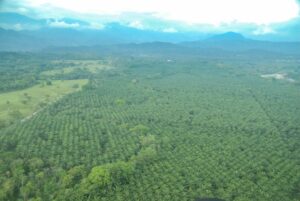 BRAZIL — More than 30 years after the world first came together in Brazil to tackle climate change, global temperatures are still rising and so is impatience with talk over action. …For decades, protecting forests felt like an uphill struggle. Now, that’s changing. Forest nations and partners around the world are rewriting the economics of conservation, turning forest stewardship into an engine of prosperity and sustainable growth. In Guyana, our pioneering system for high-integrity carbon credits has shown how trees can be worth more standing than cut down. Brazil’s leadership on the new Tropical Forests Forever Facility (TFFF) is creating a predictable, long-term finance reward for countries to preserve their forests and direct proceeds to Indigenous Peoples and local communities. Across the world, investors are beginning to recognise that keeping forests standing is not just good for the planet, it’s good for their bottom line.
BRAZIL — More than 30 years after the world first came together in Brazil to tackle climate change, global temperatures are still rising and so is impatience with talk over action. …For decades, protecting forests felt like an uphill struggle. Now, that’s changing. Forest nations and partners around the world are rewriting the economics of conservation, turning forest stewardship into an engine of prosperity and sustainable growth. In Guyana, our pioneering system for high-integrity carbon credits has shown how trees can be worth more standing than cut down. Brazil’s leadership on the new Tropical Forests Forever Facility (TFFF) is creating a predictable, long-term finance reward for countries to preserve their forests and direct proceeds to Indigenous Peoples and local communities. Across the world, investors are beginning to recognise that keeping forests standing is not just good for the planet, it’s good for their bottom line. BELEM, Brazil — Google has struck its biggest carbon removal deal, agreeing to finance restoration of the Amazon rainforest with Brazilian startup Mombak, as big tech hunts for high-quality credits to offset emissions tied to energy-hungry data centres. The companies said the deal would offset 200,000 metric tons of carbon emissions. …The agreement highlights how big tech is looking for ways to soften the climate impacts of its huge investment in power-intensive data centres for AI, driving demand to offset carbon emissions through Brazil’s nascent reforestation industry. Last year, Alphabet’s Google committed more than US$100 million to an array of different carbon capture technologies, from enhanced rock weathering and biochar to direct air capture and a project making rivers more acidic. But when it came time to double down, it was hard to beat the efficiency of planting trees. [to access the full story a Bloomberg subscription is required]
BELEM, Brazil — Google has struck its biggest carbon removal deal, agreeing to finance restoration of the Amazon rainforest with Brazilian startup Mombak, as big tech hunts for high-quality credits to offset emissions tied to energy-hungry data centres. The companies said the deal would offset 200,000 metric tons of carbon emissions. …The agreement highlights how big tech is looking for ways to soften the climate impacts of its huge investment in power-intensive data centres for AI, driving demand to offset carbon emissions through Brazil’s nascent reforestation industry. Last year, Alphabet’s Google committed more than US$100 million to an array of different carbon capture technologies, from enhanced rock weathering and biochar to direct air capture and a project making rivers more acidic. But when it came time to double down, it was hard to beat the efficiency of planting trees. [to access the full story a Bloomberg subscription is required]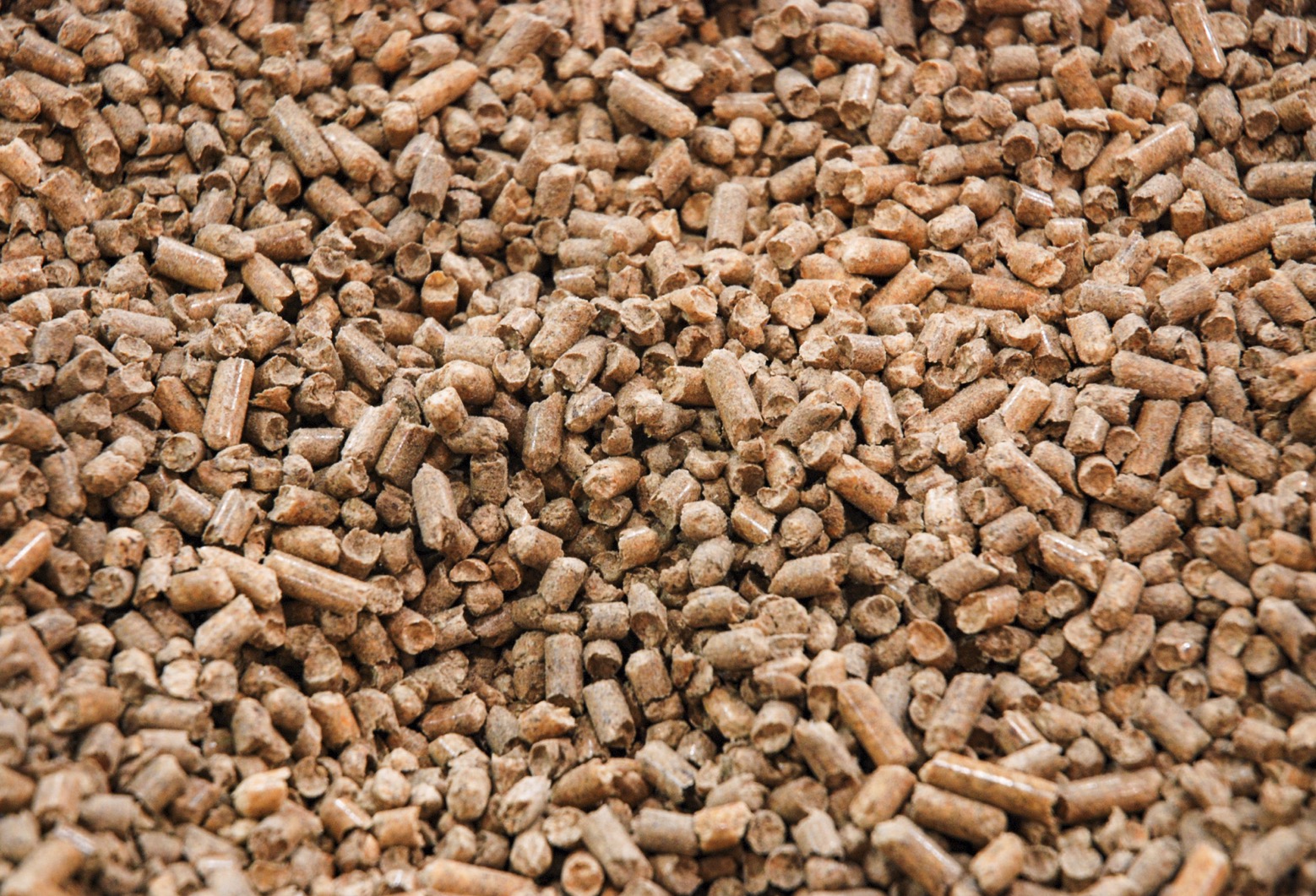 Britain’s biggest power plant will continue to earn more than £1m a day from burning wood pellets under a new government subsidy contract designed to halve its financial support, according to analysts. The Drax power plant in North Yorkshire is in line to earn £458.6m a year between 2027 and 2031 after the government agreed to extend its subsidies beyond 2026, according to analysts at Ember, a climate thinktank. The earnings are well below the £869m in subsidies handed to the Drax power plant last year for generating about 5% of the UK’s electricity from burning biomass after the government promised to curb the use of biomass in Britain’s power system. Under the contract, Drax will be paid to run just over a quarter of the time, down sharply from almost two-thirds of time currently. But the price it will earn for each unit of electricity generated will rise.
Britain’s biggest power plant will continue to earn more than £1m a day from burning wood pellets under a new government subsidy contract designed to halve its financial support, according to analysts. The Drax power plant in North Yorkshire is in line to earn £458.6m a year between 2027 and 2031 after the government agreed to extend its subsidies beyond 2026, according to analysts at Ember, a climate thinktank. The earnings are well below the £869m in subsidies handed to the Drax power plant last year for generating about 5% of the UK’s electricity from burning biomass after the government promised to curb the use of biomass in Britain’s power system. Under the contract, Drax will be paid to run just over a quarter of the time, down sharply from almost two-thirds of time currently. But the price it will earn for each unit of electricity generated will rise.